Hello, it’s a pleasure to see you again. This will be a continuation of part 1.
I would like to talk more about Fukui to you.
In this section, I’ll highlight the local specialties and products. Please accompany me as we discover the charm of Fukui.
Local Specialties: The finest from the sea
Fukui is well-known for being blessed with seafood. Winter is the best season for enjoying it. Let’s have a look at these examples individually together!
〜Echizen Gani Crab〜
Echizen gani is recognized as a special local product from the coast of the Sea of Japan. The name of the dish derives from Echizen, the former name of Fukui Prefecture, and “gani,” or “kani” coming from the Japanese word for crab.
It’s a sort of snow crab which is sweet and firm.
The male crab is called “The King of Winter Food,” and the market puts a yellow tag on it for branding. The fact that Echizen gani has been presented to the Imperial Household proved that the quality is guaranteed to be high.
Also, the female snow crab, or Seiko gani is smaller, but it’s full of scrumptious eggs and is considered a splendid delicacy. Please enjoy these premium crabs in a variety of dishes when you are in Fukui.
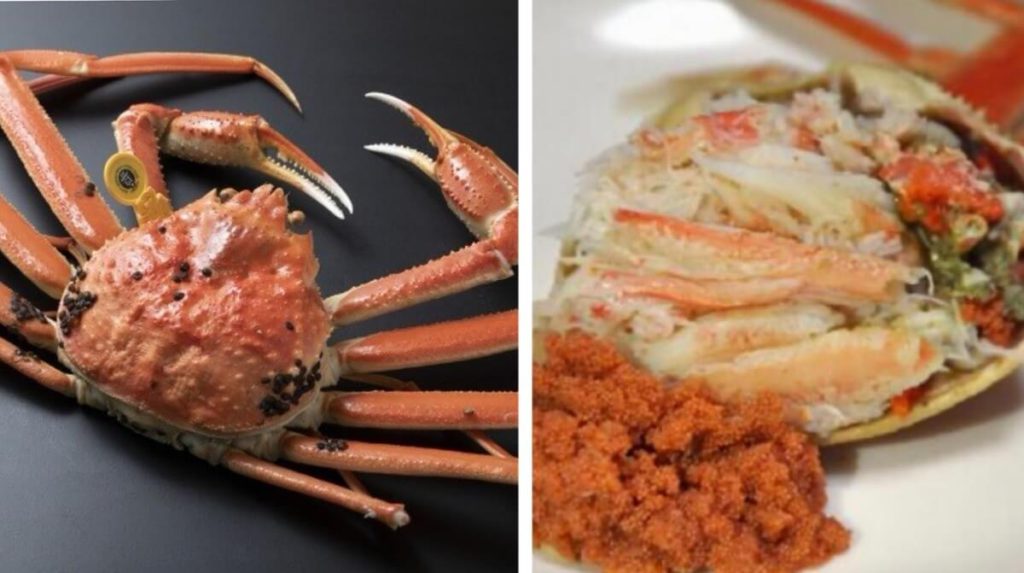
〜Mackerel〜
Obama City in Wakasa Bay is a greatly renowned fishing ground. From ancient times, marine products and resources were transported through many routes called “Saba Kaido, or Mackerel Roads” to Kyoto.
Freshly grilled mackerel sushi, roasted mackerel on a skewer and salted mackerel are typical seafood dishes in the area.
On a humorous note, the Yopparai Saba (Drunk Mackerel) project started in Obama in 2016 as a public enterprise. The name comes from the fact that the feed includes sake lees which is a leftover from sake brewing and is rich in amino acid.
The feed helps mackerel become sweet and reduce fishiness, so as not to get mackerel drunk.
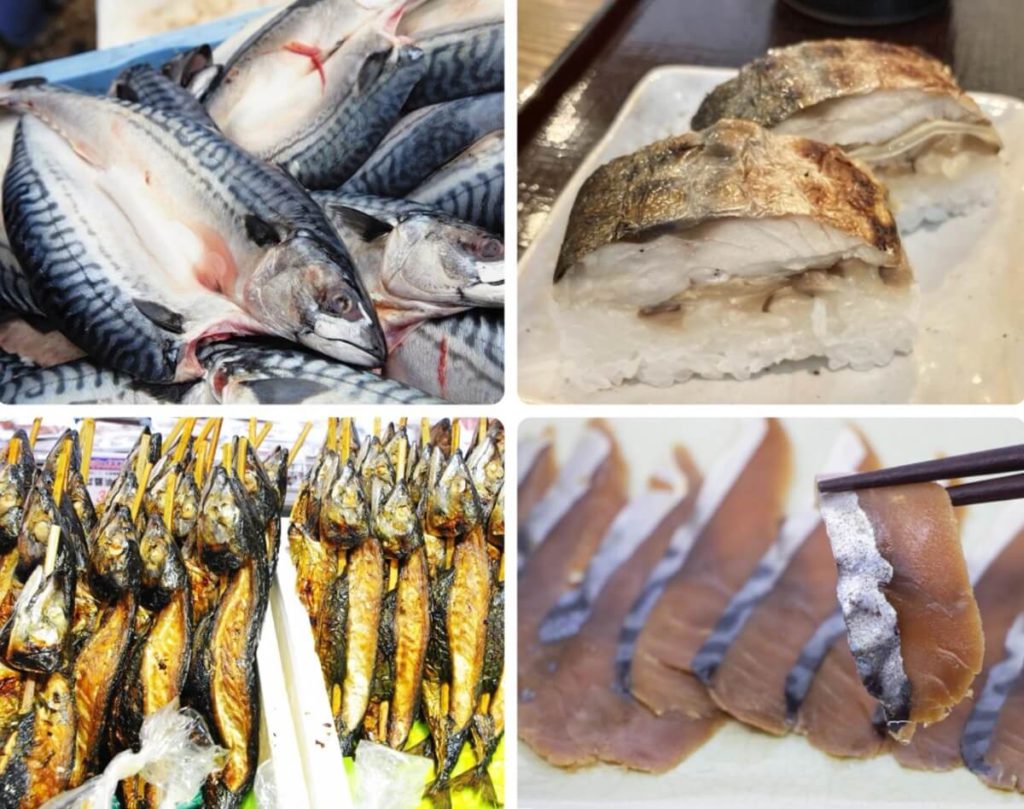
〜Others〜
There are many delicious types of seafood in the area. The rich plankton water makes a great environment for fish to live in. Here are some examples.
Fukui Amaebi Shrimp tastes so sweet and melts in your mouth. It’s best eaten raw with soy sauce.

Wakasa Guji Tilefish also has a sweet and mild flavor. Be it simmered, grilled, or even raw, it tastes great.

Small sea bream sushi can be a lunch box on the train. The scent of sushi wrapped in bamboo leaves is refreshing.

Local Dishes
Fukui is famous for its buckwheat, and you can find many soba shops in the city. Echizen soba is a cold noodle with grated hot radish, green onion and dried bonito as topping. These noodles are unique because they are thin and very flat.
Please pour a tsuyu sauce as you like.

Most soba shops also offer a pork cutlet rice bowl called “Sauce Katsu Don,” which has a crispy coating. It’s a piece of breaded pork which is deep-fried and served with sauce.
Why don’t you order a set meal of Echizen soba and Sauce Katsudon?

Traditional Sweet
Let me talk about the traditional sweet of Fukui.
Habutae Mochi is made from steamed rice flour with sugar and starch syrup. The name comes from “Habutae Silk” because the mochi is smooth and white.
The contents of the mochi differ from shop to shop and could include red bean paste, jam, chocolate, etc.
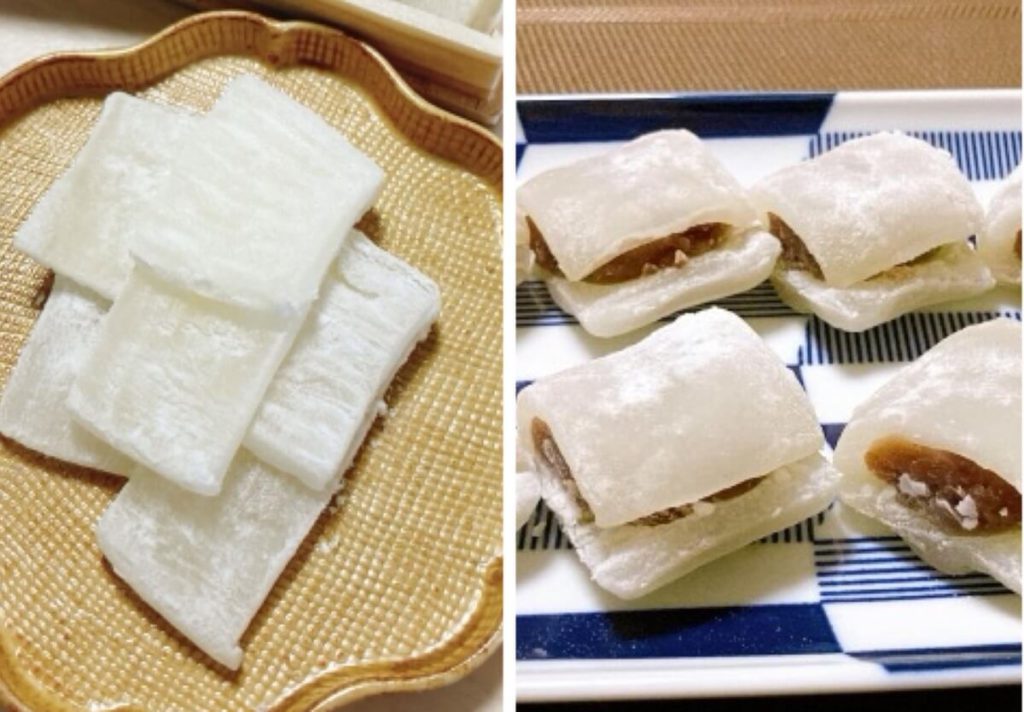
Next, I’ll be talking about Mizu Yokan called “Decchi Yokan” which is a kind of Japanese summer sweet. However, it’s common to see people eating it around a kotatsu in winter. The unique food culture originated during the apprenticeship from the Taisho to Showa period.
The name “Decchi” means an apprentice in English. It’s said that the master’s house got apprentice boys Mizu Yokan as a gift when they returned home on the New Year holidays.

Local Products: Inheritance of Tradition
Fukui was ranked number one for happiness five years in a row. In the background, the craft industry is currently flourishing, so there is stable employment in the area.
Then, let’s take a look at the details of the amazing products in Fukui.
〜Sabae Glassframes
Production of eyeglasses started in Shono Village in present-day Fukui City in 1905. The area was a poor farming region and often covered with snow in winter.
In order to survive the slack season, people invited skilled eyeglass craftsmen from Osaka.
With the demand for reading glasses, this industry succeeded in business.
As time went by, the main producing area spread from Fukui City to Sabae City. The Sabae brand developed in the production of optical frames using titanium, which is a light, strong and allergy-free material. It was the first to use titanium optical frames in the world.
Now, Sabae brand holds a 90% share of the domestic market.
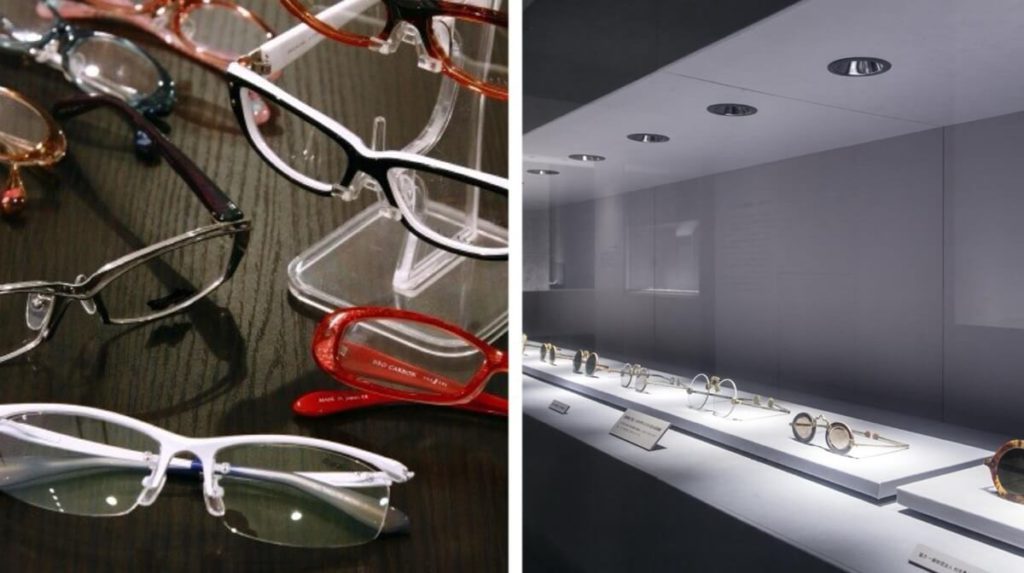
Echizen Forged Knives
In 1337, a swordsmith named Chiyozuru Kuniyasu moved to the Echizen region, searching for a better place for making Japanese swords.
After settling down, he also made sickles for neighboring farmers. This is the origin of the making of Echizen-forged knives. When he made swords, he hoped they wouldn’t be used as weapons but only be a symbol of a samurai. This spirit has been handed down to craftsmen who continue to pursue making tools of the highest quality.
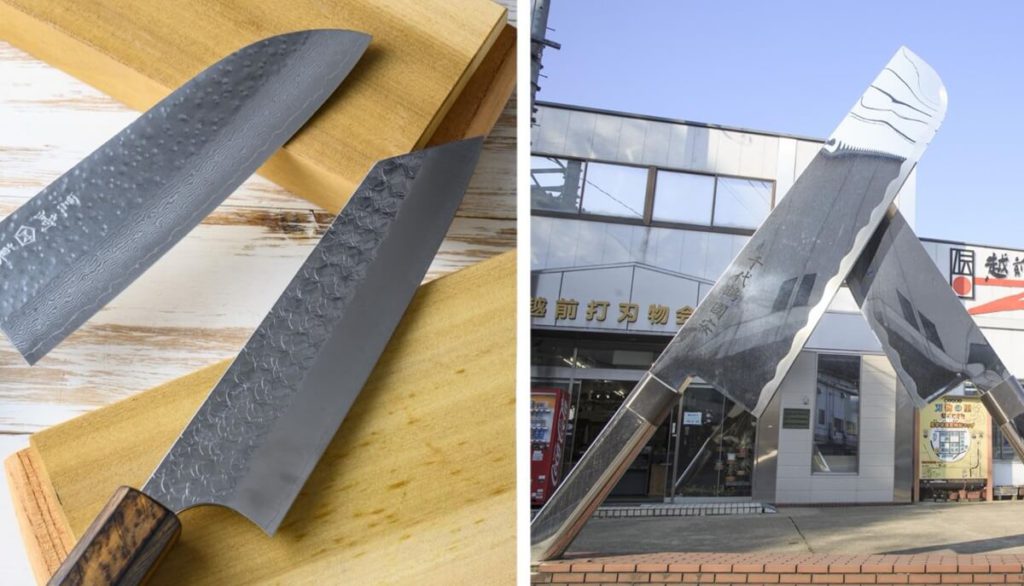
Echizen Lacquerware
Urushi, or lacquer, has been used for tableware for a long time. This dates back to the 6th century when the Imperial Household commanded a lacquer worker to fix a broken crown. The crown prince was deeply touched by the craftsmanship and encouraged the making of lacquerware.
As you know, lacquerware is recognized as an exclusive product, but makers adjusted to current lifestyle trends and began to produce a wider range of items.
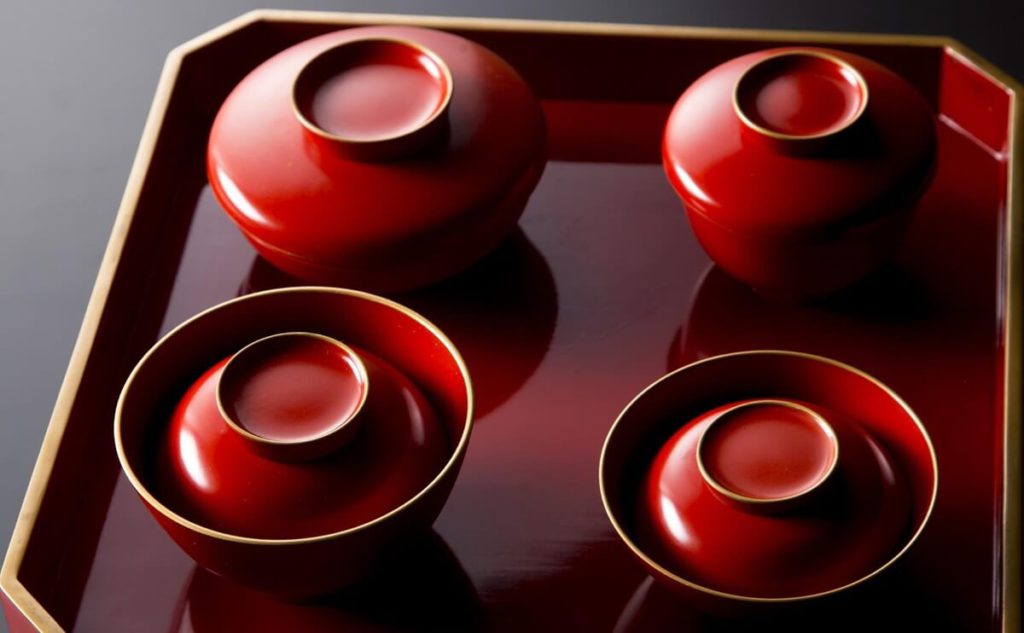
Echizen Paper
Echizen is one of the big three production places in Japan. High-quality paper is always attractive to many people.
I wrote about a Japanese paper in my previous blog, so if you have an interest, please check the link below.

Handcraft Experience
Would you like to join traditional crafts workshops?
You can choose many kinds of products while traveling to Fukui. Here are my recommendations.
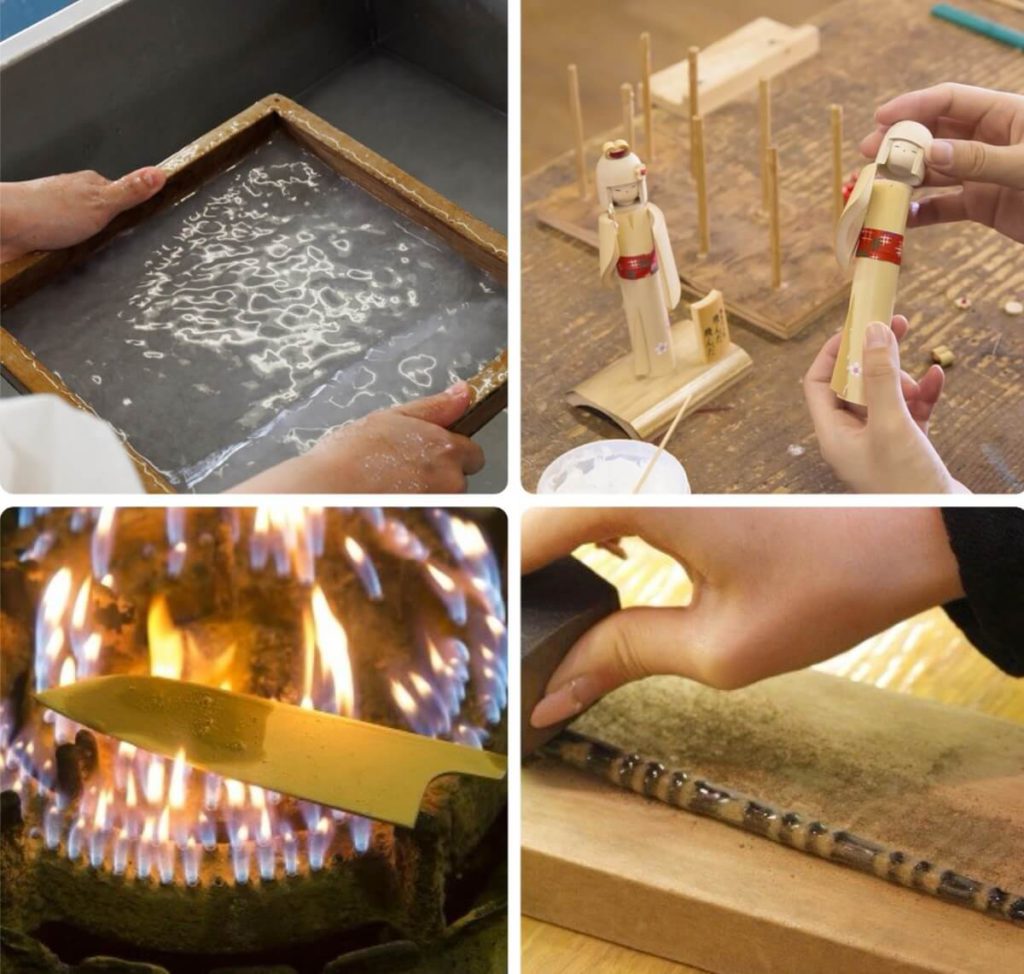
Fukui.com website
https://www.fuku-e.com/photo/detail_7175.html
In conclusion
Thank you for reading to the end. What are you interested in? Personally, I visited Fukui last summer and made so many unforgettable memories. The more I learn about this beautiful place, the more I like it.
It would be a good idea to get Fukui’s local food or products online or from a hometown tax program.
Lastly, I would like to take this opportunity to express my deepest sympathy to all those affected in the Hokuriku area by the disasters.
Respectfully yours.
Brand Ambassador of kyoto Denim company, Kimono dresser, Japanese flower arrangement instructor I was born and raised in Osaka, I know this area like my backyard. I’d like to introduce Japanese culture and good points to someone from overseas. That’why I study English every day. Please feel free to ask me if you need anything.

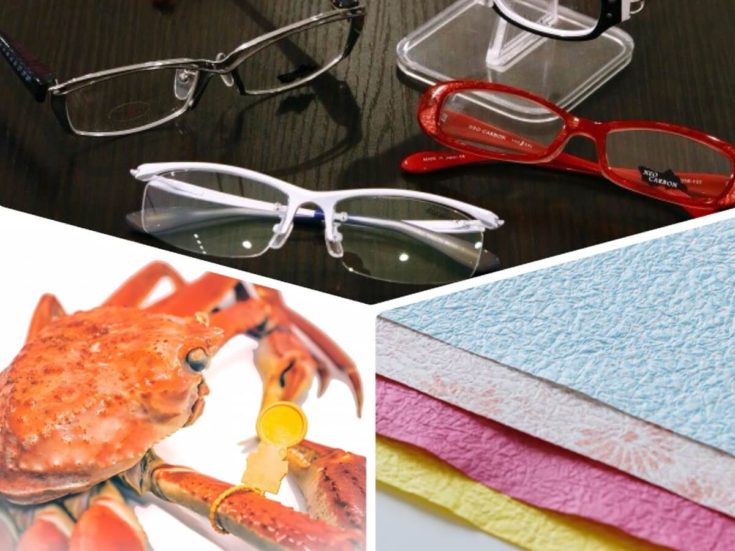
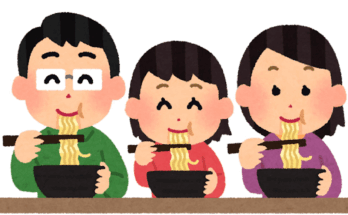
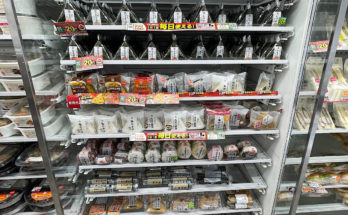
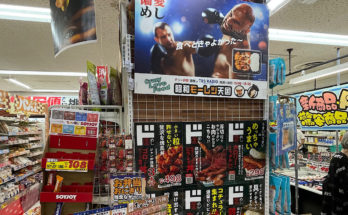
 HTJ has a YouTube page! Check it out
HTJ has a YouTube page! Check it out